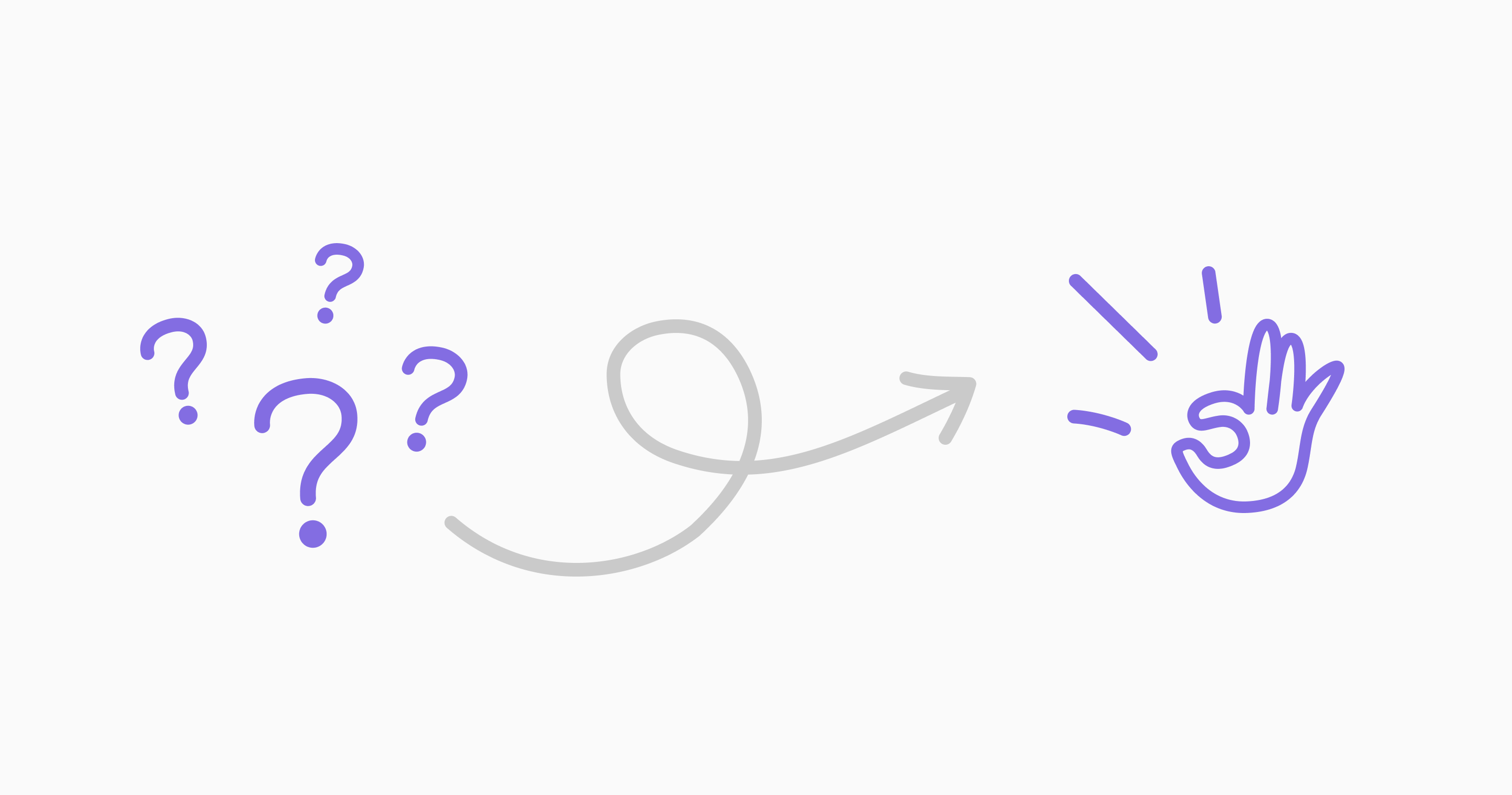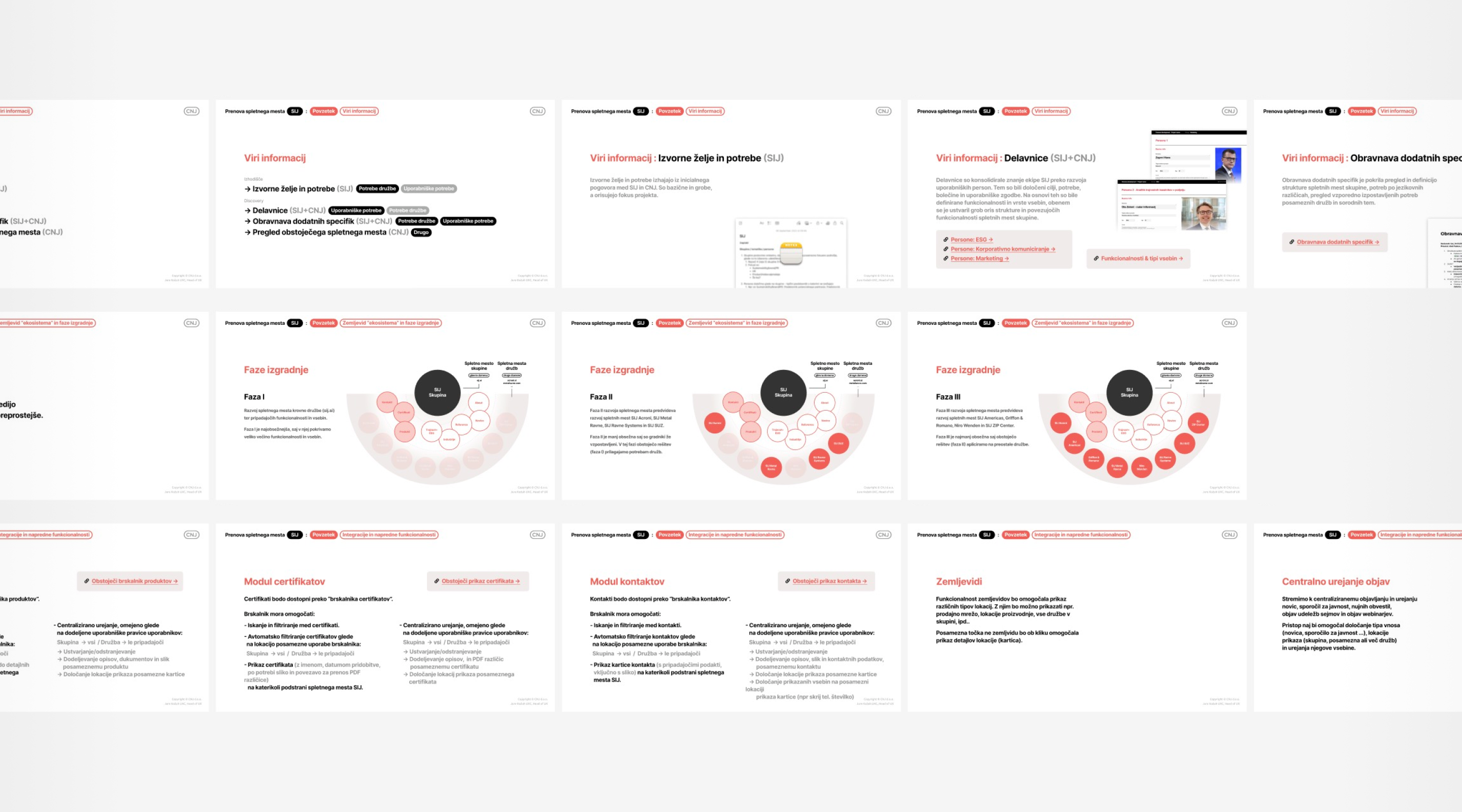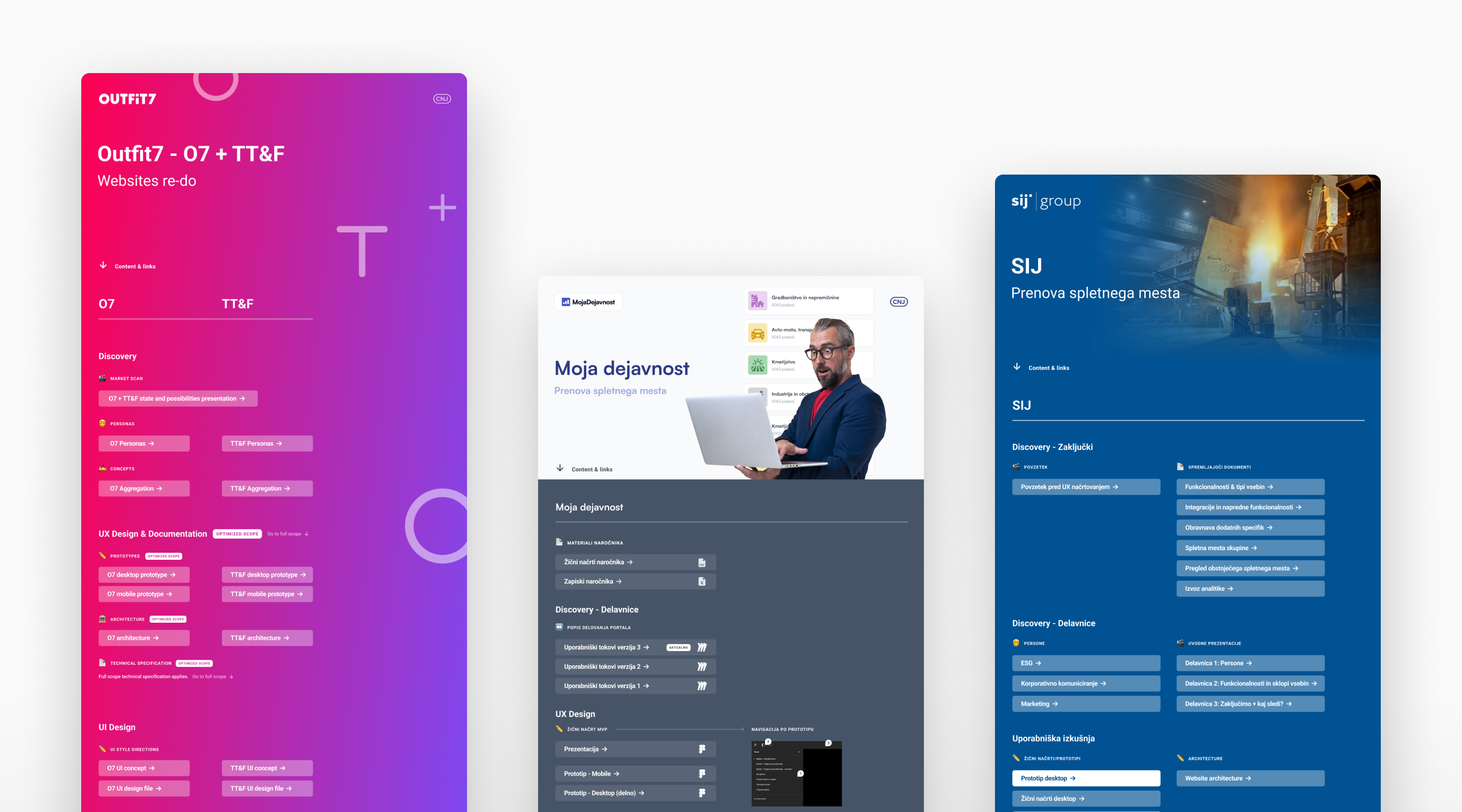Product discovery ensures responsible work and informed decision-making

At CNJ, building responsibly is at the core of everything we do. The basis of responsible work is a clear understanding of facts. Many things can seem as such but are, in many instances, assumptions that we have come to believe. The antidote to this flaw of human nature is a healthy thirst for knowledge and answers. This is where the discovery process comes into the picture.
The discovery phase is a systematic exploration of needs, markets, and possibilities. It equips us with the answers we need to make informed decisions. This ensures that we are not just building for the fun of it but that we are truly creating solutions that cater to the needs of our clients and their users.
After all, when somebody tells you to do a task, do you just blindly do it without understanding their reasoning? Most likely, you will ask, 'Why?'.
The goal of the phase is to construct and agree upon a strategic blueprint for the project. Based on this blueprint, a detailed estimate of the project's resources and timeline can be defined and agreed upon.
The process, its benefits and deliverables
Every project we undertake will involve a discovery phase. How the details of this phase look depends on its nature and needs, but the top-level structure of it remains mostly the same.
1. Research
Most projects start with a brief from the client, which gives our team a rough understanding of their needs. Some briefs may even contain a detailed definition of what the client wants to build. This is where we start asking questions.
Our first goal is to delve behind the “What?” to understand the “Why?” To create solutions that cater to the needs of our clients and their users, we need to understand them both so we can define where and in what way their needs meet.
Based on the data that we already have and the data that is still required, we select research methods that we will use. When working on evolving a product, we first assess its current state. This can be done with a combination of a UX audit (Heuristic analysis), analysis of usage analytics and session recordings (recording of real users using the product), development and administering of user questionnaires, research of direct and indirect competitors, and so on.
The depth of research depends on the client's needs – A market scan for Outfit7.
When starting from scratch, we’ll step a few steps back and interview users, set up and run stakeholder workshops, develop personas, user flows and more. This does not mean the methods that were just mentioned can only be used in one situation or the other. A combination of methods that produce information that will take us to the point of deeply understanding the issues at hand will be chosen. The most important thing is to always talk to users and never base actions on assumptions.
Methods and deliverables
User interviews
Market research
Competitor research
Stakeholder and user workshops
Persona development
UX Audits
Analytics analysis
Session recordings analysis
Surveys
User flow development
…
2. Conceptualisation of a solution
Research is followed by a summary that takes into account all data that was gathered up to this point and creates a sketch of the path that should be taken from this point forward. A written concept of what should be built is developed. It explains the approach, what kind of product is needed, the relation of its parts, functionalities, and so on. All of this is presented and shared with our client in the form of a presentation. At this time, we pause, discuss, and agree upon the findings and proposed path with our client before prototype building can begin.
Deliverables
Product concept

Findings, conclusions and a proposed path – Presentation of concept for the Slovenian Steel Group.
3. Prototype development and testing
A prototype starts to get built, taking the form of a high-definition wireframe that covers all aspects of the product and is fully interactive ('clickable'). This prototype is not just a sketch with placeholder texts but a fully structured solution, constructed with real texts, serving as a comprehensive communication guide for our client. It takes into account all the predefined user and business needs while giving emphasis to usability and accessibility.
The advanced functionality of the prototype enables user testing, which is a test of the prototype with real or potential users (based on target groups). User testing will pinpoint issues not identified earlier in the process and will give the possibility for quick and cost-effective iterations of the prototype. This is more efficient than addressing these issues later in the process or even after the product goes live.
The advanced functionality of the prototype enables user testing – Hi-def homepage and product browser prototype for the Slovenian Steel Group.
Alongside the prototype, accompanying documentation is prepared. This includes the architecture, technical specifications, and other definitions, where needed. All of this is presented and shared with our client in the form of a presentation which gives the whole team a precise overview of what will be built.
Methods and deliverables
Wireframe prototype
User (usability) testing
Prototype iteration
Information architecture
Technical specification
Keeping it all documented and accessible
Large-scale projects can produce many documents. These may be hosted on different platforms, and during the process, some may have been forgotten about. To keep things clear, all steps of the process and their deliverables are at all times accessible to our clients. For every project, we set up a privately shared page, where links to all materials produced through the process are systematically listed.

All steps of the process and their deliverables are at all times accessible to our clients – A selection of project title pages.
At this stage a wide understanding of the product is defined. Questions have been answered, the product has been functionally designed and additional functionalities that can be made to function only in the live version have been defined.
A true and valid estimation of resources and timeline can now be defined and agreed upon with our client.
Ready to uncover your product's potential?
Embark on a journey to deeply understand your market, users, and their needs. Our team is ready to guide you through every step, tailoring our discovery process to perfectly align with your specific objectives. Let's discuss how we can transform your vision into reality and lay a strategic path for your product's success.
Contact us to explore the possibilities and craft a process that meets your project's unique needs.
Get to know CNJ
Let's schedule a call
Join us on a 30 minute, no strings attached call. Just pick a time that works for you and that's it.